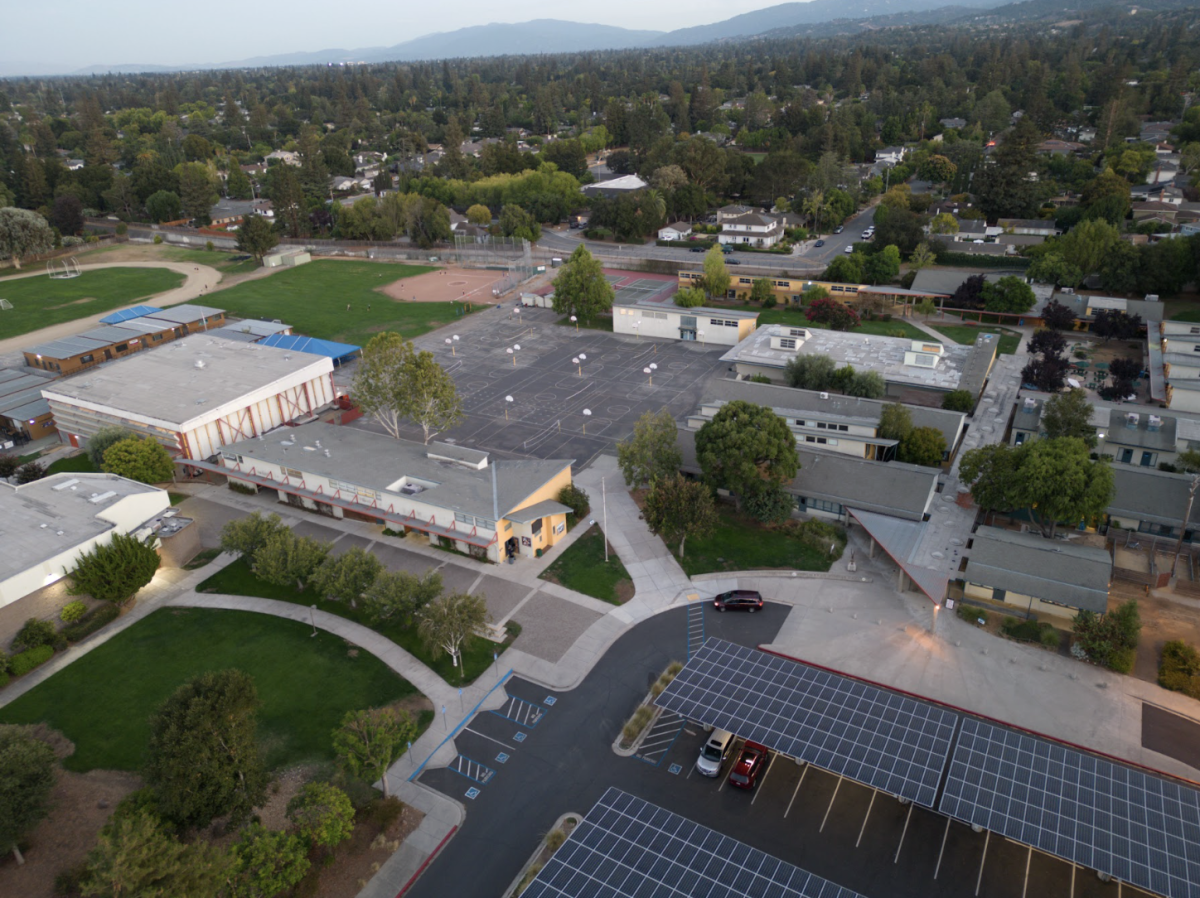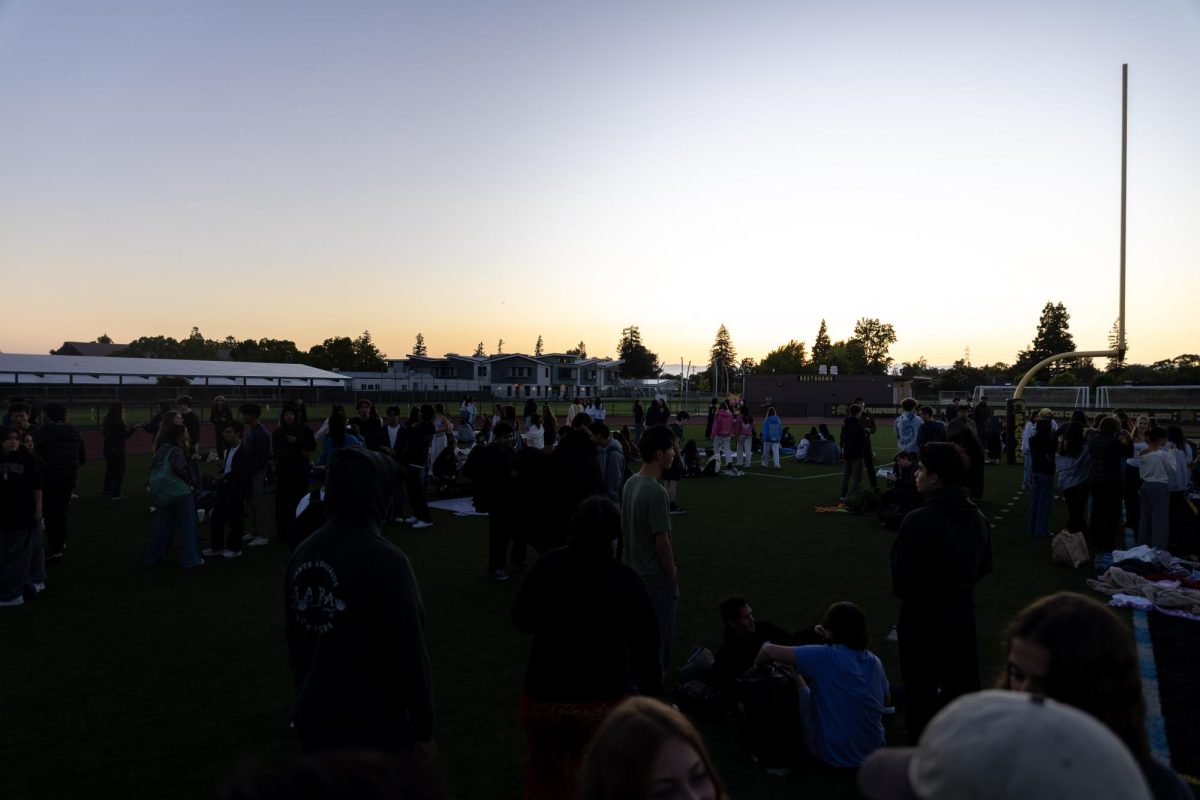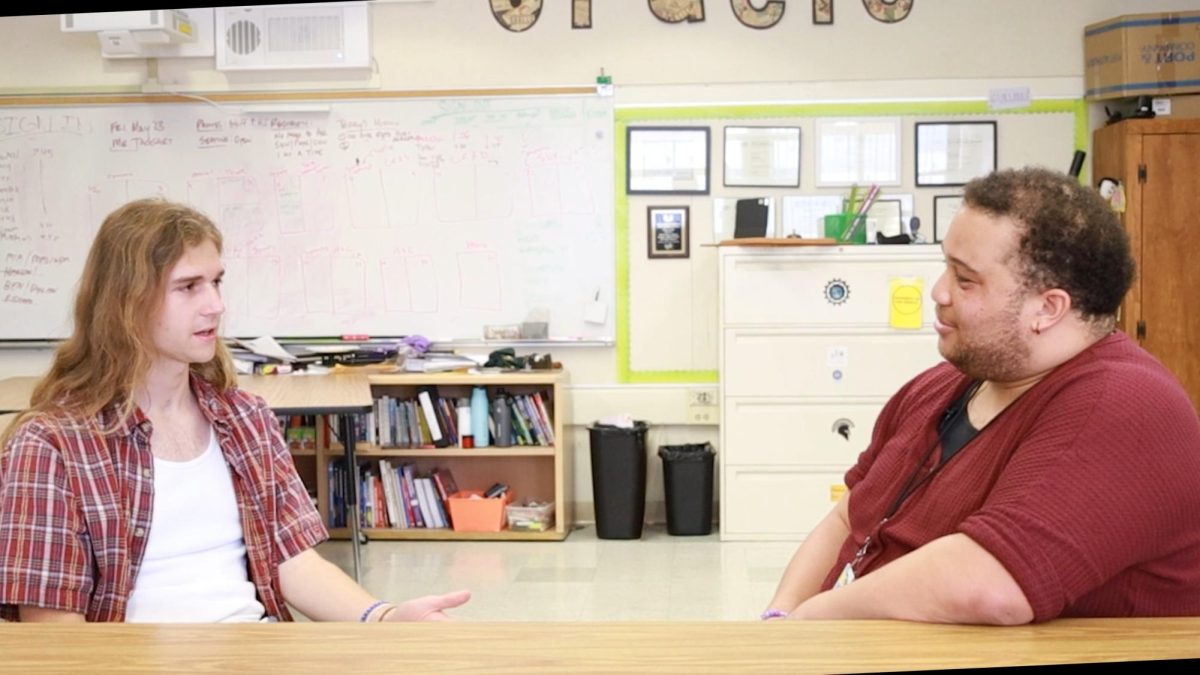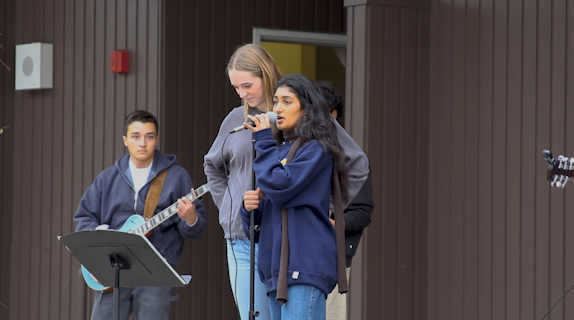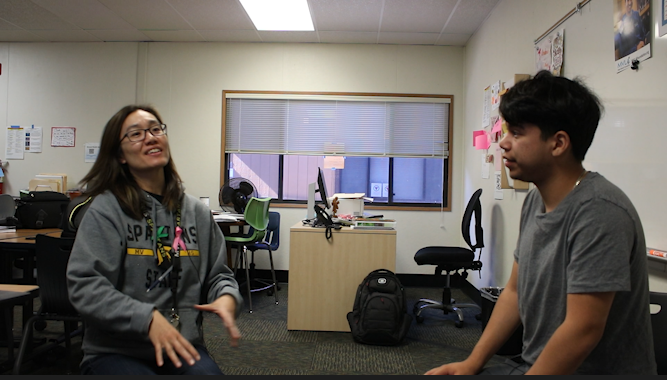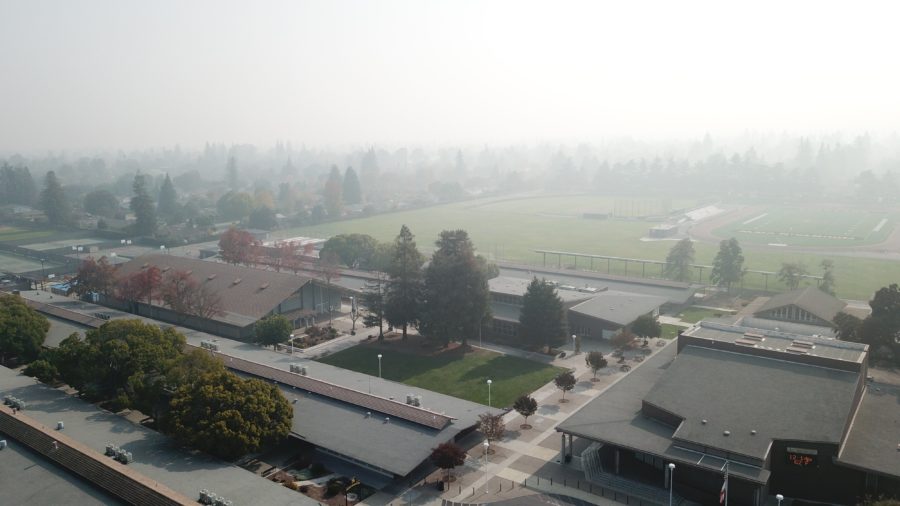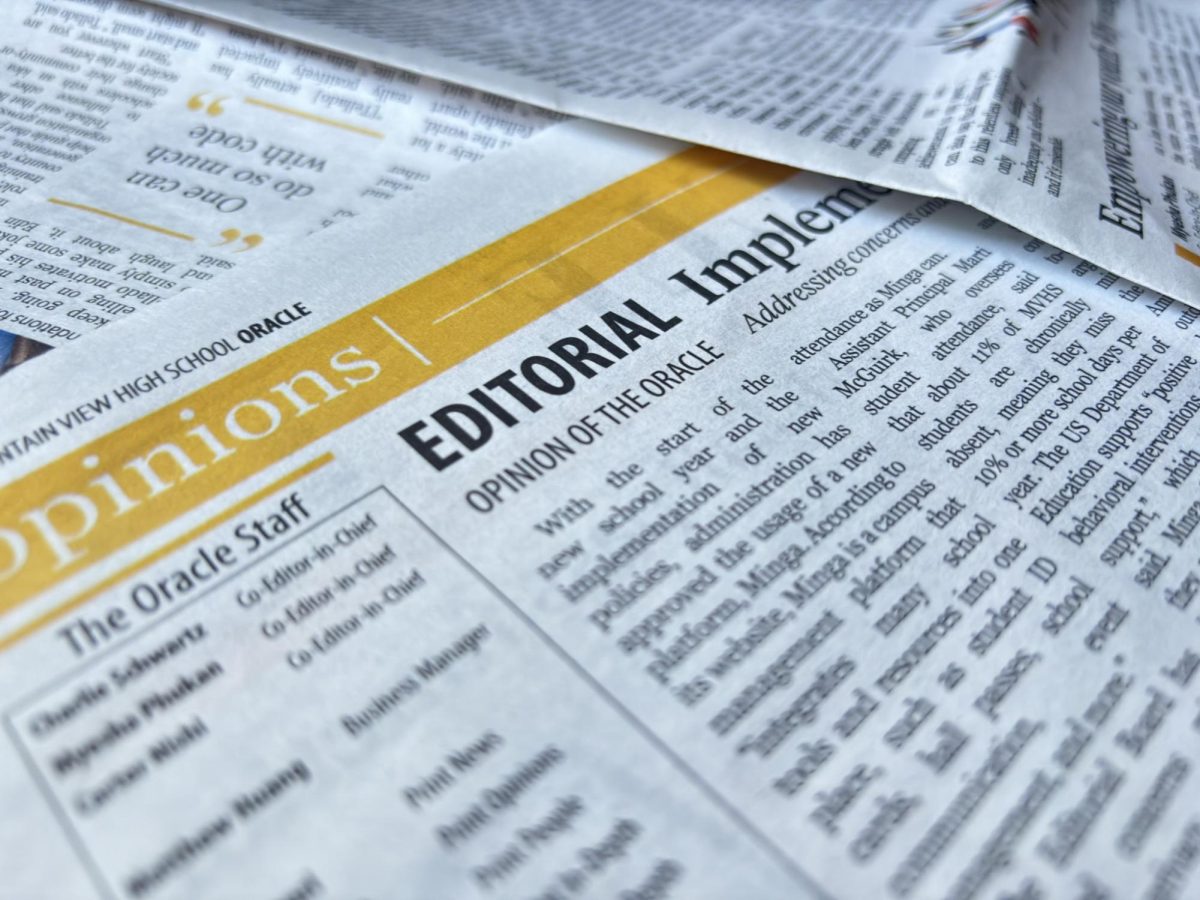This article was originally published in the 12/7 issue of the Oracle
When the Camp Wildfire that devastated Northern California shrouded the Bay Area in smoke, the district was inadequately prepared to respond to the diminishing air quality. Their eventual decision to close schools Nov. 16, while commendable, was communicated unclearly. When the district sent emails to families the night prior confirming school would be in session, it caused unnecessary confusion.
Additionally, measures to protect students from the health problems associated with prolonged exposure to polluted air were insufficient. Though the gym remained open during lunch and break, according to Cynthia Greaves, district communications manager, the gym’s filtration system lacks updated air filtration systems, thus making it an unsafe environment for students. Further, the availability of N-95 masks was not well publicized and students were still exposed to poor air quality during lunch, brunch, and passing period, and those who bike or walk to school were exerting themselves in the poor conditions.
Given that this was the first time the school experienced air quality poor enough to consider school closure, we understand the difficulties of forming an effective response. However, moving forward, the district must be better prepared. This requires establishing and publicizing a clear policy regarding consideration of school closures and creating measures to educate and protect the student body regarding unhealthy air quality.
We suggest that school closure be considered if the local Air Quality Index surpasses 200 and required if it surpasses 230 by 5 a.m. the day of. Students and parents should be notified the evening before by 4 p.m. if school closure is being considered, and informed when and where to find the final decision.
In the event of school closure, the library should remain open for students who need supervision, food support, or a place to remain indoors. If school remains in session and the AQI is above 150, N-95 masks should be available in classrooms and their use should be encouraged during passing period or other times in which students do not have the option to stay indoors. The school should also open an alternate area with updated air filtration, such as the theater, or promptly improve the gym’s facilities.
Most importantly, the school community should not treat the effects of this natural disaster as a one-time occurence.
Dr. A. Park Williams, a climate scientist at the Lamont-Doherty Earth Observatory, said that years with similar fire activity to 2018 are predicted to occur more often in the future. Factors such as climate change, denser forests, and dry winds, contribute to this forecast, which would result in more air quality disasters in future years.
With the increased likelihood of future California wildfires, it is imperative that the district adds unhealthy air quality to the list of natural disasters that it prepares for.
Offering proper education and resources in addition to a clear policy will minimize confusion among students and parents. It will also ensure that the school community is well prepared for and protected against future air quality crises.

